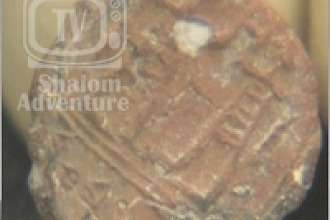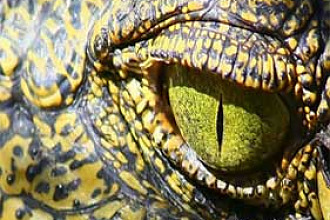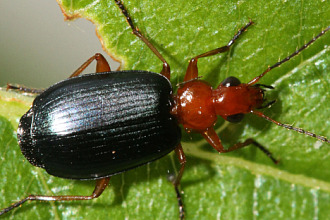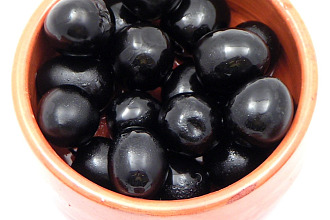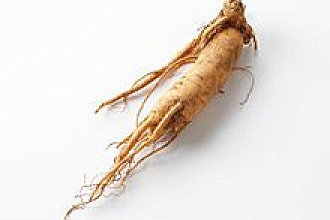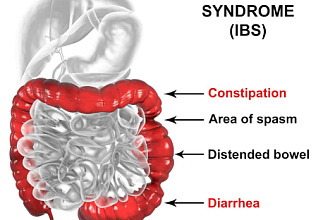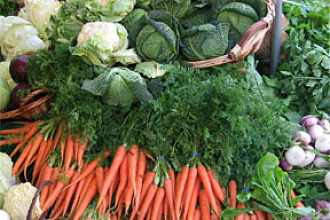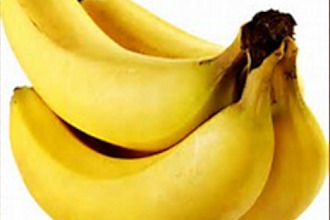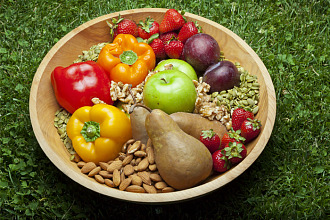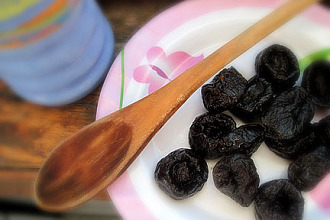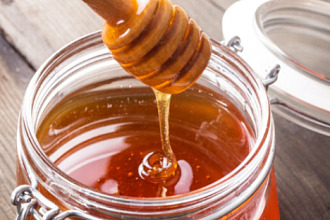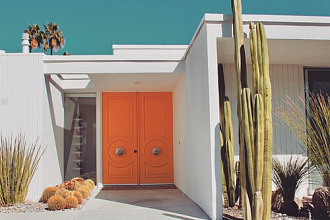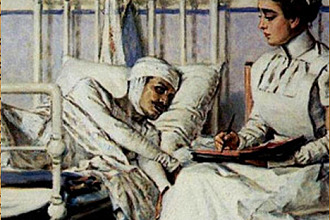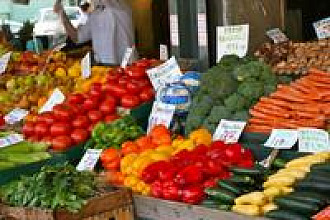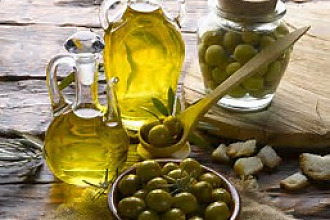OTHER FACTORS
Because people lose fluid through sweating in hot weather, kidney stones are more common during summer. In winter, sitting in hot tubs or saunas causes excessive sweating. A long car ride or plane trip with inadequate water and the use of soft drinks (which can have an overall dehydrating effect) can start stone development or urinary tract infections. The overuse of magnesium-containing laxatives and antacids cause a similar problem.
Physical inactivity can lead to stone formation. Lying down, or even sitting down, alters calcium metabolism, and encourages excretion of calcium by the urine. Patients who remain constantly in bed are far more likely to form stones.
The use of aspirin and other painkillers has been shown to increase the risk of renal stones. Most drugs are potentially injurious to the kidneys, not to mention the liver which has the dangerous task of trying to detoxify these drugs.
Lithium can effectively dissolve uric acid stones; even though the lithium is used in very small doses, such as can be absorbed from mineral-rich water.
Magnesium is effective in preventing calcium oxalate kidney stones, especially effective when taken with meals rather on an empty stomach.
Stresses in the life can increase the risk of developing kidney stones.
Other causes of kidney stones include tumor of the parathyroid glands, too much vitamin-D, gout, and leukemia.
Stone formation is known to be associated with certain lifestyle factors, age, and heredity.
As a person gets older the probability of kidney stones gets greater. The risk of stone formation goes up from taking apple juice, or grapefruit juice between meals by 35 and 37 percent respectively. Take juices with meals.
M
ale marathon runners have a higher incidence of kidney stones than those who do not run marathons.
Antacids can increase one's risk of getting kidney stones. Antacids are such drugs as Maalox, Tums, Mylanta, Di-Gel, Amphojel, etc.
SYMPTOMS
The early stage of kidney stone formation usually passes completely unnoticed. Once the stone starts to gain layers and attention, it can be mistaken for "something I ate," "just a cramp," a muscle spasm, or any of a host of other aches and pains of unknown origin. Discomfort usually begins on one side of the back and radiates to the abdomen or groin. Nausea and vomiting may occur and blood may appear in the urine. It is at this stage that the sufferer begins to realize that it is finally "happening to me." Usually an x-ray or ultrasound is all that is needed to confirm the diagnosis.
TREATMENT
With the onset of symptoms, the use of one glassful of water every ten minutes for an hour will often be curative. This water may be made into tea if one has on hand buchu tea, corn silk tea, burdock tea, dandelion, cleavers, or watermelon seed. A teaspoon per cup of boiling water is the recipe for the first five teas, but the last one is one tablespoon of ground watermelon seed stirred into a cup of boiling water. Each of the teas should be allowed to sit for 20 minutes before straining and drinking.
Strain all the urine produced through a funnel lined by gauze so that the stone can be retrieved and analyzed by a laboratory if the crystal forming the stone is to be determined.
Maintain as much as possible a sitting or especially standing position, as lying down (and too much sitting) slows the production and drainage of urine.
Very large, very hot fomentations over the kidney area are needed and should be applied quickly, while the heat is still almost unbearable (Do not blister the skin.) Maintain the hot application, keeping it hot for 45 minutes or more with hot water bottles or heating pad. Keep the head cool by cold compresses. See section on kidney stone pack.
Many patients feel more comfortable in a hot bath. The bath should be maintained between 105° and 110°, trying to keep the mouth temperature no hotter than 102°. Keep the face cool with ice-cold compresses and a small electric fan aimed on the face. If the patient wants to remain in the bath for hours, keep the bath water at 100-102 degrees Fahrenheit.
One patient told us of having kidney colic and taking three tablespoons of lemon juice and two tablespoons of olive oil which caused the stone to pass into the bladder, and in four or five hours the stone had passed from the bladder. The lemon/oil treatment had been preceded by hot and cold baths, and drinking plenty of water.
One tablespoon of lemon juice daily helps to prevent or dissolve kidney stones. Lemons are rich in citrate, an acidic compound known to hamper the formation of calcium based kidney stones, the second most common type.
After two months of treatments with herbal remedies for a kidney stone, in one day give one gallon of water in the morning and the second gallon in the afternoon. Give a large dose of magnesium sulfate at around 2:00 in the afternoon, about a tablespoon of Epsom salts in water. Follow it by a second glass of water. The magnesium sulfate is for the purpose of relaxing and dilating the ureter so that it can more easily carry the stone.
For a kidney stone attack, into two quarts of water, measure two tablespoons of gravel root, two tablespoons of stone root, and three tablespoons of marshmallow root. Boil vigorously for 25 minutes; then set off the burner and add a handful of corn silk or burdock. Allow to set for 25 minutes. Strain and drink. If the patient is having an acute attack, the two quarts of tea should be drunk in about two hours for best results. For treatment of a stone lodged in the ureter and not giving much trouble, drink two quarts of this same tea a day until the stone passes.
For stones that are difficult to pass, prepare one glass of grapefruit juice with four tablespoons of apple cider vinegar. Take one glassful per day at the beginning of the meal for four days. This will usually soften the stone. Rinse the mouth after taking the vinegar to protect the teeth from softening. And please note that here we are suggesting vinegar as a therapeutic agent; it should not be used for food.
TYPES OF HERBS
There are three types of herbs, which should be used for kidney stones with kidney colic.
Demulcent herbs. These sooth and comfort the patient with urinary tract pain: marshmallow root and parsley mot fall in this category. Twenty drops of kava kava tincture in a glass of water can be helpful for pain. Castor oil packs over the area of pain, with or without fomentations, can help with pain.
Lithotriptic herbs. These soften and help dissolve stones, as well as smooth off rough edges. This would include stone root and gravel root.
Obstruent herbs. These tend to clear the ureters of mucus, and to increase peristaltic activity. As mucus travels down the urinary tract it tends to carry stones with it. Increased peristaltic activity helps with the extrusion of the stone. Use lobelia tea for this purpose. Virgin olive oil is also obstruent. Take two tablespoonfuls every night at bedtime just before lying down.
A good stone tea is one part stone root, one part marshmallow root, one part parsley root, one part gravel root, one-quarter part lobelia, one-quarter part ginger root. Of this mixture take two ounces and simmer for 20 minutes in one quart of distilled water. Take one cup four times a day. Lobelia may make the heart beat stronger and faster. This tea causes the ureter to contract. It encourages mucus formation by mucus membranes of the urinary tract.
A special routine with the tea is as follows: At the same time the tea is being taken, the person should fast except for taking orange juice for three to four days. At the end of the fast, four ounces of lemon juice and four ounces of olive oil are taken first thing in the morning. As bowel action increases in the intestinal tract, it reflexively increases action in the ureters, as well as the gall bladder. This action encourages the passing of a stone
The following list of herbs used for kidney stone treatment comes from:
Medicines from the Earth: Protocols for Botanical Healing
Official Proceedings, June 1-3,1996, Blue Ridge Assembly, Black Mountain, NC.
David Hoffman Herbal Therapies for Kidney Stones and Bladder Infections, page 81.
There are a number of plants that have traditionally been used in Europe for kidney stones for hundreds of years. Examples are:
Hydrangea (Hydrangea arborescens)
Parsley (Aphanes spp.)
Pellitory of the Wall (Parietaria oficinalis)
Couch Grass (Agropyron repens)
Nettles (Urtica dioica)
To these can be added the following North American plants:
Gravel Root (Eupatorium purpureum)
Corn Silk (Zea mays)
Golden Rod (Solidago virgaurea)
One possible prescription:
Agropyron repens
Eupatorium purpureum
Zea mays
Dioscorea villosa
Viburnum prunifolium
Equal parts of tincture to five milliliters taken three times a day.
One cup of an infusion of Urtica dioica to be drunk three times a day
This combination supplies the following actions: diuretic (Collinsonia canadensis, Eupatorium purpureum, Zea mays), demulcent (Zea mays); anti-lithic (Collinsonia canadensis, Eupatorium purpureum); antispasmodic (Dioscorea villosa, Viburnum prunifolium, Zea mays).
For more information contact:
Uchee Pines Lifestyle Center
30 Uchee Pines Road #75
Seale, Alabama 36875
Tel. 334-855-4764
www.ucheepines.org
Originally found here
Picture originally found here

_medium.jpg)

